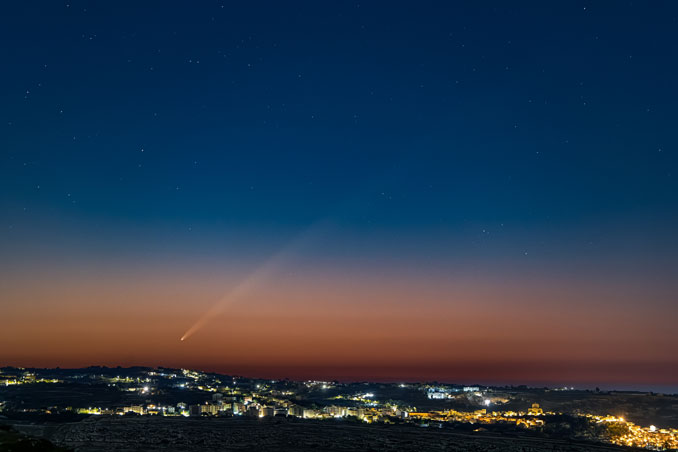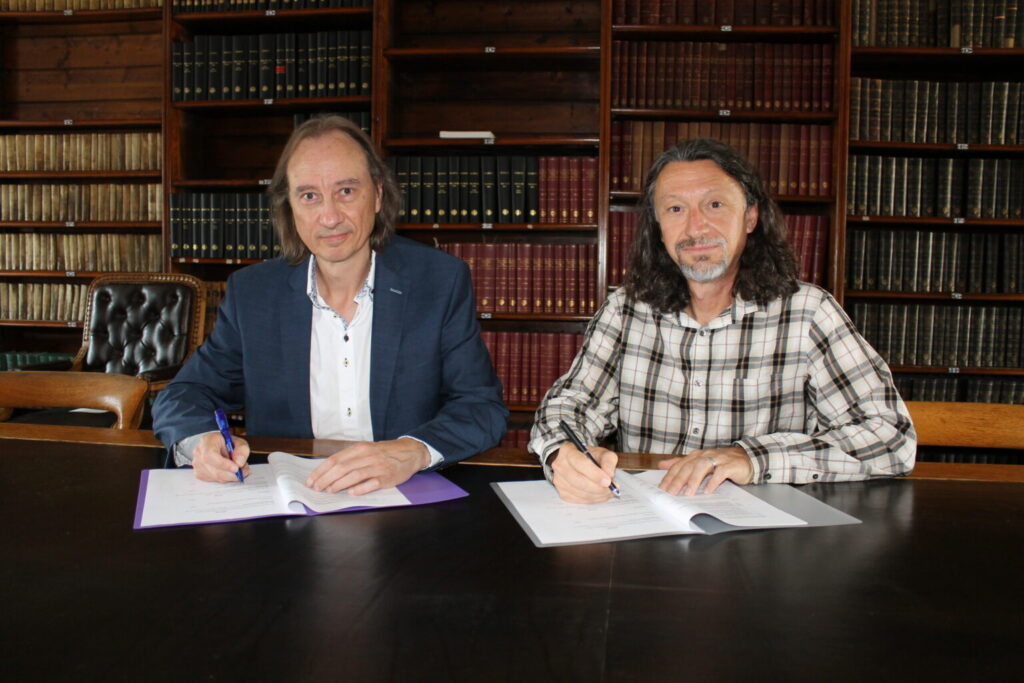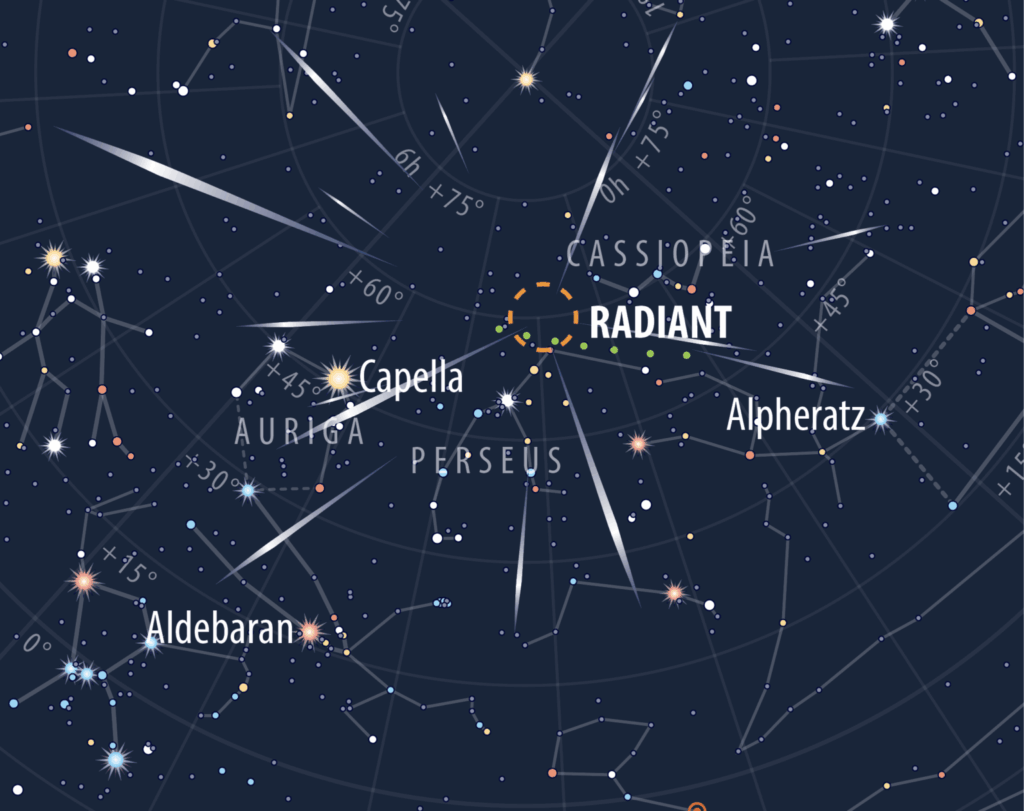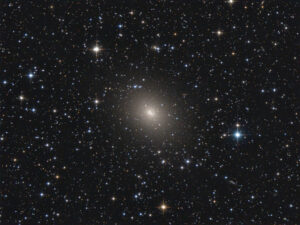Now Reading: Comet C/2023 A3 (Tsuchinshan-ATLAS) emerges bright in UK’s evening sky
-
01
Comet C/2023 A3 (Tsuchinshan-ATLAS) emerges bright in UK’s evening sky
Comet C/2023 A3 (Tsuchinshan-ATLAS) emerges bright in UK’s evening sky


Following month’s of speculation as to how bright Comet C/2023 A3 (Tsuchinshan-ATLAS) might become, and indeed whether it would survive last month’s perihelion (on 27 September), the comet has emerged into the UK’s evening sky as a bright comet in the afterglow of the setting Sun. Comet C/2023 A3 (Tsuchinshan-ATLAS) is now climbing steeply away from the western sunset horizon.
Comet C/2023 A3 (Tsuchinshan-ATLAS) shined at magnitude –0.5 on 11 October and images shot from southern Europe in early October showed a tail of around 6 degrees in length. A report from Slovakia, Central Europe on 11 October, has the comet being an easy target in 7 x 50 binoculars despite being just 2.5° high in the post-sunset sky.

The comet had been lost to the twilight since mid July from the UK and other mid-northern latitudes, though remained in sight for observers at more southern climes. Images shot in early August in the early evening sky show Comet C/2023 A3 (Tsuchinshan-ATLAS) in great shape, with an intense, greenish dust tail and a narrower and fainter ion tail, both stretching about half a degree.
Images shot post perihelion in the pre-dawn from the Southern Hemisphere reveal a magnificent sight, the comet’s dust tail extending some 10 degrees and a ghostly green ion tail showing fine structure as it runs alongside the dust tail on a waving path.
How to observe
Comet C/2023 A3 (Tsuchinshan-ATLAS) was closest to Earth on 12 October at a distance of 70.61 million kilometres (0.472 AU), when it lay in the eastern region of the constellation of Virgo. The comet just peeped above the western horizon at nightfall. Owing to the comet’s high orbital inclination of 139°, it’s now climbing steeply away from the horizon. The Moon is at a waxing gibbous phase up to full Moon on 17 September, though it lies over the opposite, eastern horizon in the early evening.

After sunset on 15 October at 7.15pm BST (~70 minutes after sunset from London) Comet C/2023 A3 (Tsuchinshan-ATLAS) is around 13° high among the stars of Serpens, located under 2° south-west from the great globular cluster M5.
At the end of October the comet lies in the south-western sky among the stars of Ophiuchus, around 4° east of magnitude +2.8 Cebalrai (beta [b] Ophiuchi). Predictions have it fading by around 3 magnitudes, though it’s now 30° from London at about 5.50pm GMT. Comet C/2023 A3 (Tsuchinshan-ATLAS) can be observed for the rest of the year in the early evening sky, though by the dawn of a new year it will have faded to around seventh- to eighth-magnitude.
Comet C/2023 A3 (Tsuchinshan-ATLAS) was first detected in December 2022 in pre-discovery images by Zwicky Transient Facility (ZTF) at Palomar Observatory, California, USA. The co-discovery observations were made on 9 January 2023 (mag. +18.7), at the Purple Mountain Observatory of the Chinese Academy of Sciences, and independently by ATLAS (Asteroid Terrestrial-impact Last Alert System) at Sutherland, South Africa, on 22 February 2023.

Stay Informed With the Latest & Most Important News
Previous Post
Next Post
Previous Post
Next Post
-
 01From Polymerization-Enabled Folding and Assembly to Chemical Evolution: Key Processes for Emergence of Functional Polymers in the Origin of Life
01From Polymerization-Enabled Folding and Assembly to Chemical Evolution: Key Processes for Emergence of Functional Polymers in the Origin of Life -
 02Panasonic Leica Summilux DG 15mm f/1.7 ASPH review
02Panasonic Leica Summilux DG 15mm f/1.7 ASPH review -
 03Two Black Holes Observed Circling Each Other for the First Time
03Two Black Holes Observed Circling Each Other for the First Time -
 04How New NASA, India Earth Satellite NISAR Will See Earth
04How New NASA, India Earth Satellite NISAR Will See Earth -
 05And Thus Begins A New Year For Life On Earth
05And Thus Begins A New Year For Life On Earth -
 06Astronomy Activation Ambassadors: A New Era
06Astronomy Activation Ambassadors: A New Era -
07SpaceX launch surge helps set new global launch record in 2024


















